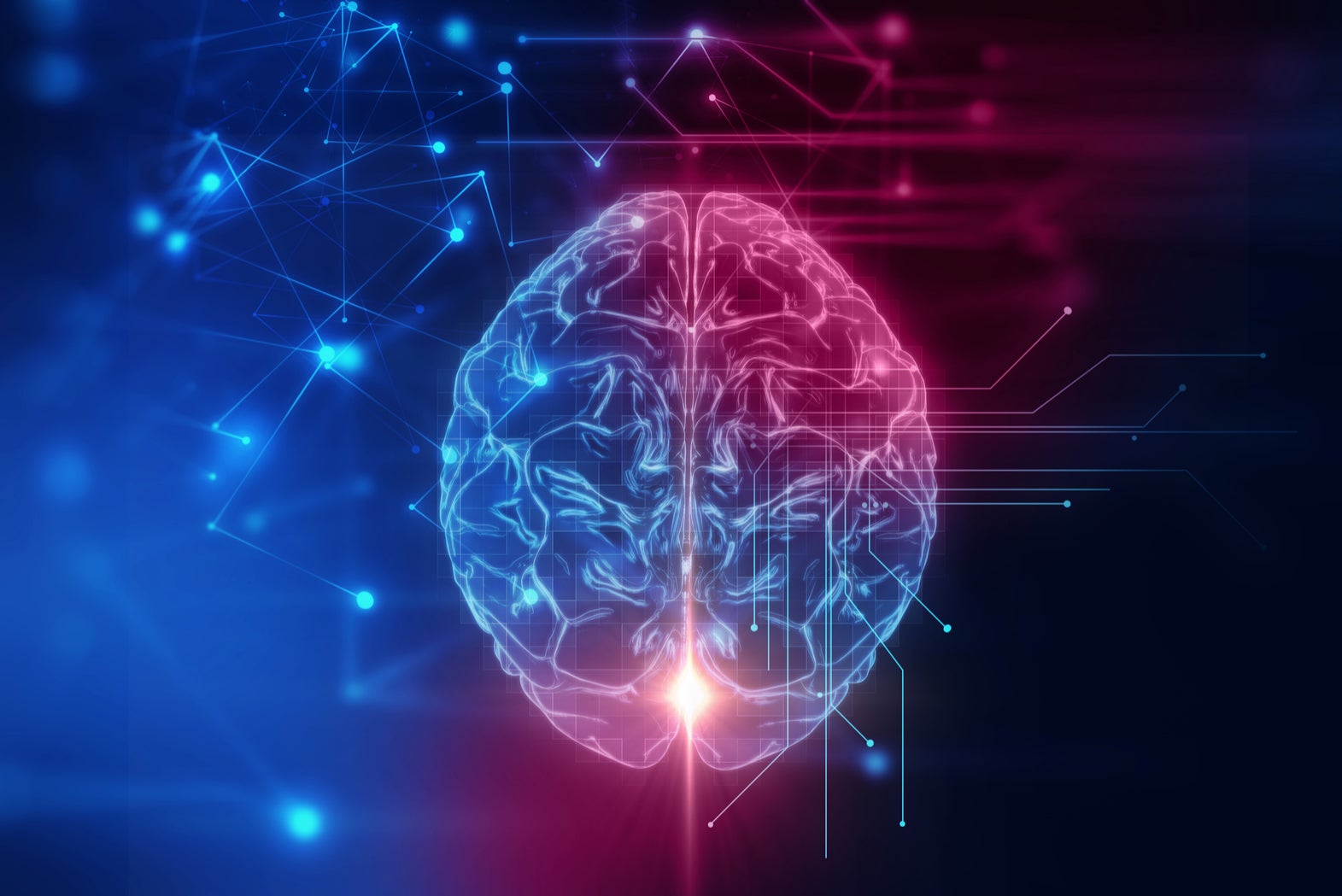
In the UK over 1.5 million people have a learning disability according to the Foundation for People With Learning Disabilities, of which 350,000 have a disability that’s classified as severe.
From children to adults, those living with learning disabilities tend to take longer to learn and develop new skills and often have lifelong communication difficulties. They may also have physical disabilities. As a result, those living with learning disabilities can be left feeling anxious and alone, as demonstrated by recent research from Scope.

Access deeper industry intelligence
Experience unmatched clarity with a single platform that combines unique data, AI, and human expertise.
However, there have been huge advancements in technology to help support those with learning disabilities lead independent lives, providing them with the tools to build their confidence and put them at ease in social situations.
Assistive technology empowering people with learning disabilities
There are many tools and products created that can help those who have difficulty understanding and recollecting spoken language, organisation, reading and writing.
An example of this is the Magic Table UP, an interactive light technology specifically designed to bring people with learning disabilities together to interact and play games. This allows people to feel more confident and alleviates the pressure that family members and carers can feel.
Let’s take a look at the latest technologies helping people with learning difficulties in more detail:

US Tariffs are shifting - will you react or anticipate?
Don’t let policy changes catch you off guard. Stay proactive with real-time data and expert analysis.
By GlobalData- Artificial Intelligence (AI) – While there are only a few examples of AI currently being used in the education space to support those with learning difficulties, the technology shows real potential. Many people end up with more than one diagnosis and therefore have a unique series of conditions, which can mean that traditional one-size-fits-all approaches to things do not work for them – most notably in education. AI can adapt to the user’s needs and help better explain things in terms they understand, personalising the experience and ensuring it is delivered at the individual’s pace. The ability to provide direct feedback will also give carers and family members key insight into what works best for their loved one.
-
The Internet of Things (IoT) – From smart shoes that vibrate in certain places to help aid those with visual impairment, to hearing aids paired with smoke detectors and baby alarms to alert the user, IoT has enhanced assistive technology exponentially giving people the ability to move freely without the need of human support.
- Virtual Reality (VR) – The majority of individuals with learning difficulties often do not pick up social cues and can lack basic social skills, but with the use of VR, users can learn these behaviours in a safe and controlled virtual environment. A great example of this has been MenCap’s recent work using VR to ease anxieties those with disabilities might have about going to the polling station, walking them through the experience so that they feel adequately prepared.
By enabling participants to take part in physical activity and social interactions, these technologies can improve the overall quality of life for those with learning difficulties and help to promote inclusivity in today’s society.
The future of assistive technology
Assistive technology has already made significant improvements to individuals’ lives and we’ll start to see these tools become more accessible to help support personal and professional developments.
As the technology matures we’ll see people with learning difficulties equipped with the necessary skills and tools to move more freely, giving them more confidence and help level the playing field in modern society.
Read more: Nanorobots in the brain may make it possible to access the internet simply by thinking







